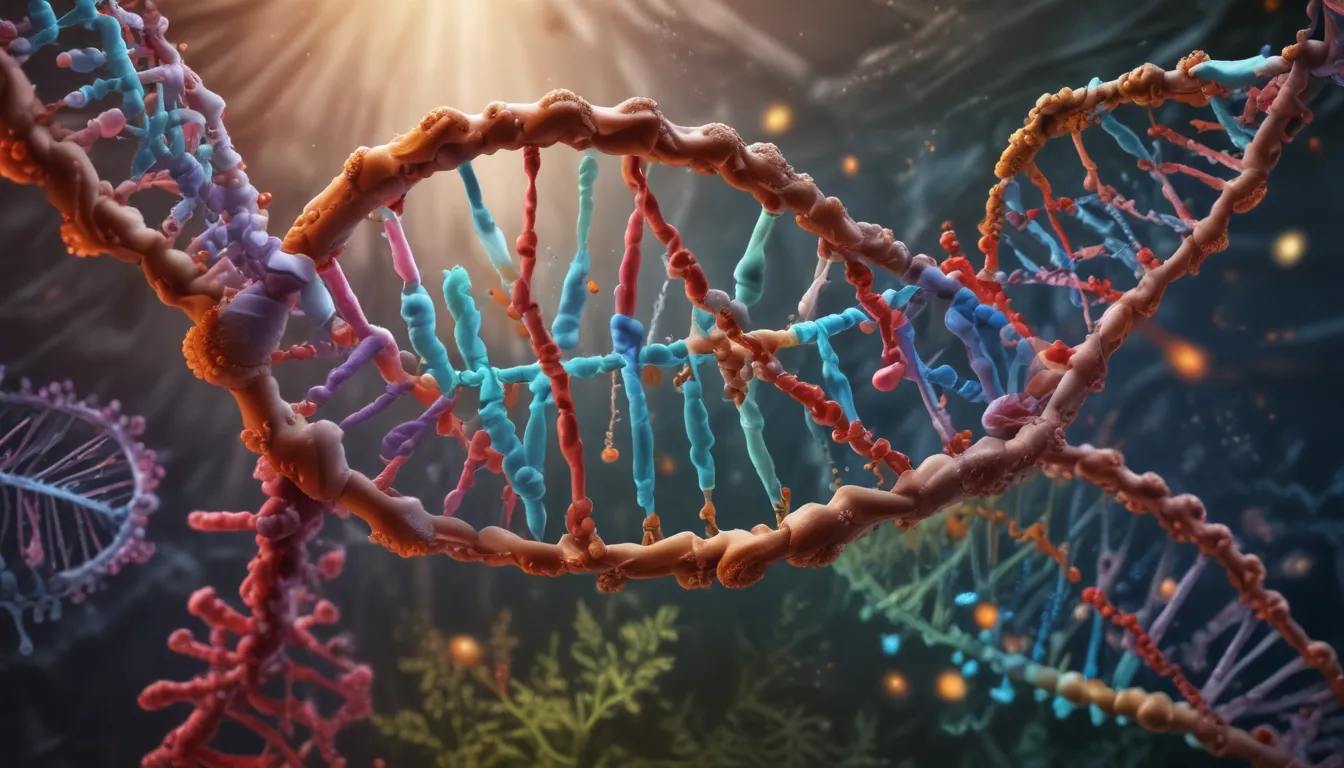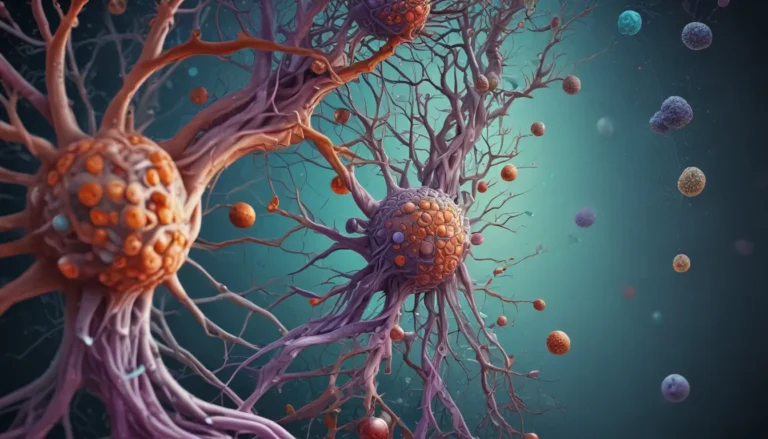A Note About Images: The images used in our articles are for illustration purposes only and may not exactly match the content. They are meant to engage readers, but the text should be relied upon for accurate information.
DNA damage response (DDR) is a captivating and intricate process safeguarding our genetic material. It serves as a superhero team inside our cells, tirelessly working to repair DNA damage caused by various factors like radiation, toxins, and replication errors. This mechanism not only prevents mutations but also regulates cell cycle progression, initiates repair, or triggers cell death when necessary.
Embracing the Complexity of DNA Damage Response
-
DNA Damage Frequency: DNA damage is a common occurrence, resulting from radiation, environmental factors, or normal cellular processes. Cells continuously strive to repair and protect their DNA to maintain genetic integrity.
-
Sophisticated Network: DDR involves a complex network of signaling pathways, repair mechanisms, and checkpoints. Together, they detect and repair damage, prevent DNA propagation, and ensure genome stability.
-
Role of ATM Protein: The ATM protein is a critical player in DDR, sensing damage and activating repair pathways. Mutations in the ATM gene can lead to disorders with heightened DNA damage sensitivity.
Exploring Diverse DNA Repair Mechanisms
-
Versatile Repair Strategies: Cells employ various repair mechanisms like base excision, nucleotide excision, mismatch repair, and homologous recombination to address different DNA lesions accurately.
-
Guardian Role of p53: The p53 protein acts as a genome guardian, regulating DDR by activating repair, inducing cell cycle arrest, or initiating apoptosis in cases of irreparable damage.
-
Protective Telomeres: Telomeres shield chromosome ends against degradation and fusion while DDR mechanisms ensure their integrity and stability.
Navigating Through Environmental Influences
-
External Factors: UV radiation, chemicals, and toxins can induce DNA damage, underscoring the critical role of DDR in mitigating environmental insults.
-
Cell Survival: Severe DNA damage prompts apoptosis, preventing damaged DNA propagation and ensuring organism survival.
-
Protein Network: DDR is mediated by a host of proteins like kinases, phosphatases, and repair enzymes, functioning in a regulated manner to maintain genome stability.
Unveiling the Impact of DDR Dysfunction
-
Mutational Consequences: Unrepaired DNA damage can lead to mutations, potentially resulting in diseases like cancer. DDR is pivotal in averting mutations and upholding genomic stability.
-
Aging Influence: Accumulated damage with impaired repair mechanisms is associated with aging and age-related diseases, highlighting the centrality of DDR in cellular longevity.
-
Therapeutic Potential: Exploiting cancer cell vulnerabilities in DDR pathways presents promising opportunities in cancer therapy. Inhibitors targeting DDR proteins or repair mechanisms can enhance treatment efficacy.
Conclusion: Harnessing the Potential of DNA Damage Response
DDR stands as a fascinating biological process ensuring genetic integrity and preventing disease development. By understanding its intricacies, we unlock possibilities for targeted therapies combating DNA damage-induced diseases like cancer. Manipulating DDR aids in developing innovative treatments enhancing natural defense mechanisms and genomic stability, propelling advancements in human health.
FAQs:
-
What is DDR? DDR is the cellular process repairing DNA damage to maintain genetic integrity.
-
Causes of DNA Damage: Environmental agents, genotoxic drugs, and replication errors can lead to DNA damage.
-
DDR Detection: Specialized proteins recognize various DNA damage types and activate repair pathways.
-
Consequences of Impaired DDR: Mutations, genomic instability, and diseases like cancer can result from impaired DDR.
-
Diseases Linked to DDR Dysfunction: Cancer, neurodegenerative disorders, and immunodeficiencies can stem from DDR dysfunction.
-
Therapeutic Strategies: Targeted therapies manipulating DDR enhance DNA repair mechanisms and cancer treatment efficacy.
-
Research Areas: Research areas include specific DDR protein roles, therapeutic targets, and DDR’s impact on aging and age-related diseases.
Delve into the realm of DNA damage response, where every cellular process unfolds a unique tale of genomic stability and resilience. Explore the intricate dance between repair mechanisms, checkpoint proteins, and programmed cell death in safeguarding our genetic blueprint. With each discovery, witness the beauty and complexity of cellular mechanisms shaping our health and well-being. Let curiosity be your guide as you unravel the mysteries of DNA damage response and pave the way for innovative advancements in human health and longevity.






